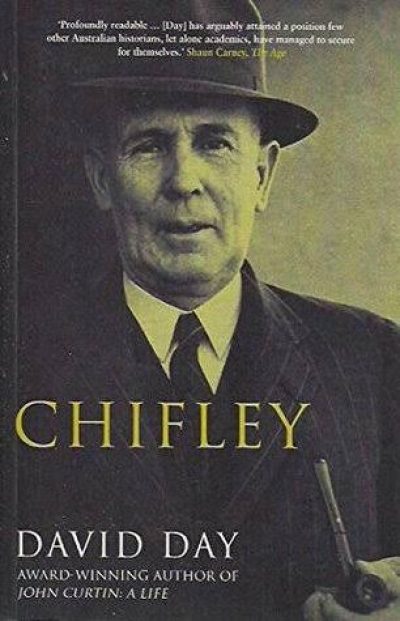Shirley Walker’s autobiography,
Roundabout at Bangalow, is a remarkably rich book and a significant addition to the distinctive group of life stories that continue to fascinate Australian readers. It seems that at least once a year a striking memoir appears that strangely alters our relationship with the national past. These books are more than books. They are transforming cultural events. Inserting their stories into the generalised narratives of historians, autobiographies such as Sally Morgan’s
My Place, A.B. Facey’s
A Fortunate Life, Bernard Smith’s
The Boy Adeodatus, or Andrew Riemer’s
Inside Outside appropriate the past in new and compelling forms. To use Raymond Williams’s phrase, they make the past ‘knowable’, and they do so with an immediacy available to no other form of writing. For this reason alone, they inevitably win a large popular readership. ...
(read more)










